Located in one of the world's most historically, culturally, and linguistically diverse cities, Studio Fer, led by Hilal Mertoğlu and Gözde Öz, is an experimental design studio driven by the desire to experiment with materials, mediums, and processes. Based in Istanbul, Turkey, the designer duo derives inspiration from various sources such as contemporary design trends, conceptual art, surrealism, sculptures, films, new creative mediums and spaces, commonplace sceneries and events, as well as the syncretic and multi-continental culture of their country. The payoff is a body of work that is aesthetic as well as durable, distinctive in style yet also familiar with their resemblance to natural and cultural entities. From furniture design to NFTs, interior design to CGI set design, The Turkish studio is a firm believer in pursuing all forms of creativity and letting personal experiences naturally influence both the design and production processes. Mertoğlu and Öz, who had been trained in interior design, architecture and environmental design from Bahcesehir University and SPD Scuola Politecnica di Design, later explored various creative disciplines. After acquiring numerous skills and foraging through a range of diverse roles, the two Turkish designers came together to build a practice that is guided by immersive processes and stratagem. Mertoğlu and Öz strongly believe in freedom of expression, for both animate and inanimate entities. Despite their initial ideation, they allow the evolution of each product to be guided by their materiality and function during production cycles.
The interior designers have a strong portfolio of unique creations in the sphere of chair design and lamp design. A good example of this would be Bodur I, a hand-crafted basswood and faux leather noir chair in black, and Bodur II, a sculptural lamp carved out of basswood. While the Bodur duo is an attempt at exploring the theme of alienation and the concept of noir through abstracted objects, Studio Fer’s S-70 chair, an example of biomimetic design, is an artistic metal and oak piece that mimics the distorted curvature of the spine in a scoliosis patient. The latest collection by Mertoğlu and Öz corroborates their calibre as product designers and includes a series of items touted as Potemkin Objects. Potemkin literally means ‘having a false or deceptive appearance’ and is often referenced in relation to or for the purpose of propaganda. Shaped and styled in such a manner that they appear alive and ready to take a walk, these minimalist pieces satisfy various functional roles.
The studio’s versatility is further patented when one skims through the designers’ experimentations in the virtual and digital spectrum. From NFT abstractions of 18th, 19th and 20th-century paintings to sculptural art, from functional product design objects to contemporary art narratives, we step into their creative cave to explore the myriad themes the studio works exclusively with. In an attempt to better understand the studio’s practice and process, STIR established a dialogue with its designers.
STIR: Take us through the inception of the studio and your journey forging a partnership as collaborators.Studio Fer: As Hilal and Gözde, we are a design duo. We studied interior architecture and environmental design together and post-graduation, we had the opportunity to work in diverse roles that allowed us to express ourselves and learn new skills. These processes helped us understand what we really want and to realise our common interests. When we first began working together, Hilal was in Italy and we started to plan projects remotely, which essentially helped lay the foundation for Studio Fer. First, we wanted to reveal our imaginary worlds and focused on CGI projects, which have shaped the studio into what it is today. Studio Fer is a young, ever-changing structure. Frankly, change is a phenomenon that we never want to lose, and what pushes us the most is this active development.
STIR: What does the journey from ideation to production look like at Studio Fer?Studio Fer: When we come up with an idea or just an inspiration, we go through a process from idea to text with a collaborative discussion where we brainstorm. We transcribe the idea that we want to reveal. Later, we bring those ideas to life through a composition of hand sketching, software sketching and models. We try to perceive the forms that emerge with all the dimensions by taking photos and videos of the models. Even the light that we photograph can sometimes point us in a different direction. Through the process, we start to think about the materials that we can use, the forms that the materials will take and how it will match with the product itself. Sometimes, we start with the material itself and let it guide us. These search processes that intersect with each other help us finalise the idea and then we begin production.
STIR: What materials and production techniques does the studio most often use?Studio Fer: Until now, we primarily worked with wood, metal and ceramic materials. Besides mass production techniques, we mainly utilised handcrafting techniques to produce our objects. Sometimes, we benefit from several production methods for a project. For example, the first prototype for Louis (oil burner) was produced using a 3D printer. Then, this product was moulded and the main part of Louis was created using the ceramic casting technique. The second part of the product, however, is a result of hand production.
STIR: Are S-70, Bodur-i, and Bodur-ii designed as sculptural and decorative pieces, or can they fulfil functional roles, too?Studio Fer: At its core, we aim to tell a story that everyone who is observing can relate to. However, these artistic products are functional, too. Throughout the design process, we focused on the way people interact with these objects. We wanted them to question the functionality of the products. We searched for elements that entice the desire to touch and arouse curiosity. This guided the process which gave our objects their forms, textures, and materials. During Milan Design Week 2022 we had similar questions for Bodur I. Those who have encountered Bodur say that there is a raw experience when it comes to this item. It gives them a moment to consider its look and function with an air of surprise. Contrary to the way it looks, the chair is a comfortable seating arrangement. We wanted to present the conceptual repercussions of what motivated us about the objects, and the key plan was to tell the story and bring the pieces to life.
STIR: The texture of cocoons served as inspiration for one of your store installations. Please elaborate on the project's journey and how the initial inspiration developed into the finished product.Studio Fer: A conceptual CGI store project, it is an interpretation of how a retail experience can materialise. Our initial inspiration was the form, function, and the texture of the cocoon. Starting from this idea, we wanted to create a fluid space and support it with translucent surfaces that helps perceive light and shadows. We built a core and a linear metal structure that could be followed within this core. We created the circulation area in such a way that the products could be viewed easily. Additionally, we designed a bench made of travertine stone where people could sit and perceive the space behind the core through light and shadows. Here, we questioned the store experience and made a plan that could give maximum and equal visibility to each product. It is among our goals to have the opportunity to realise this project.
STIR: Share a few depictions of Turkish culture and design that have influenced and informed Studio Fer's works.Studio Fer: Turkey has a rich and resourceful history, and crafts such as glass art, wood art, and weaving are among our cultural values that inspire us. There has been an increase in demand for mass production processes that decrease the need for more delicate hand-laboured techniques, affecting crafts. Nowadays, we can see that this trend has reversed. However, we are still concerned about the transfer of traditional craftsmanship to the present. We know and understand the delicate work that these old practices can produce and wanted to tap into the traditional methodologies and traditional crafts to bring to life our Bodur I and Bodur II through Turkey's woodcraft. For both of them, we used handcrafting techniques in cooperation with Stil Ahsap, a Turkish wood and laminate manufacturer, and one of our local artisans, Muzaffer Usta. As in the Bodur series, we want to present new products in various styles with elements from the cultural heritage and traditional methodologies in Turkey and keep this traditional texture alive.
STIR: Against the concerning realities of climate change and pollution, what steps is the studio taking to facilitate a sustainable future?Studio Fer: We strongly share the same concerns about climate change and the pollution that contributes to it. We are working on this by taking small steps and hope to increase our contribution soon. Recently, we produced prototypes of our products in small quantities using recyclable materials. This concern is more and more apparent today than ever before, which leads to our collective anxiety about the growing issues that surround it. Therefore, we focus on using waste materials to build recycled products that fulfil the demands of sustainability. We aim to minimise the amount of waste and usage of mass production techniques to bring us as close to carbon neutrality as possible.






 Sign in with email
Sign in with email



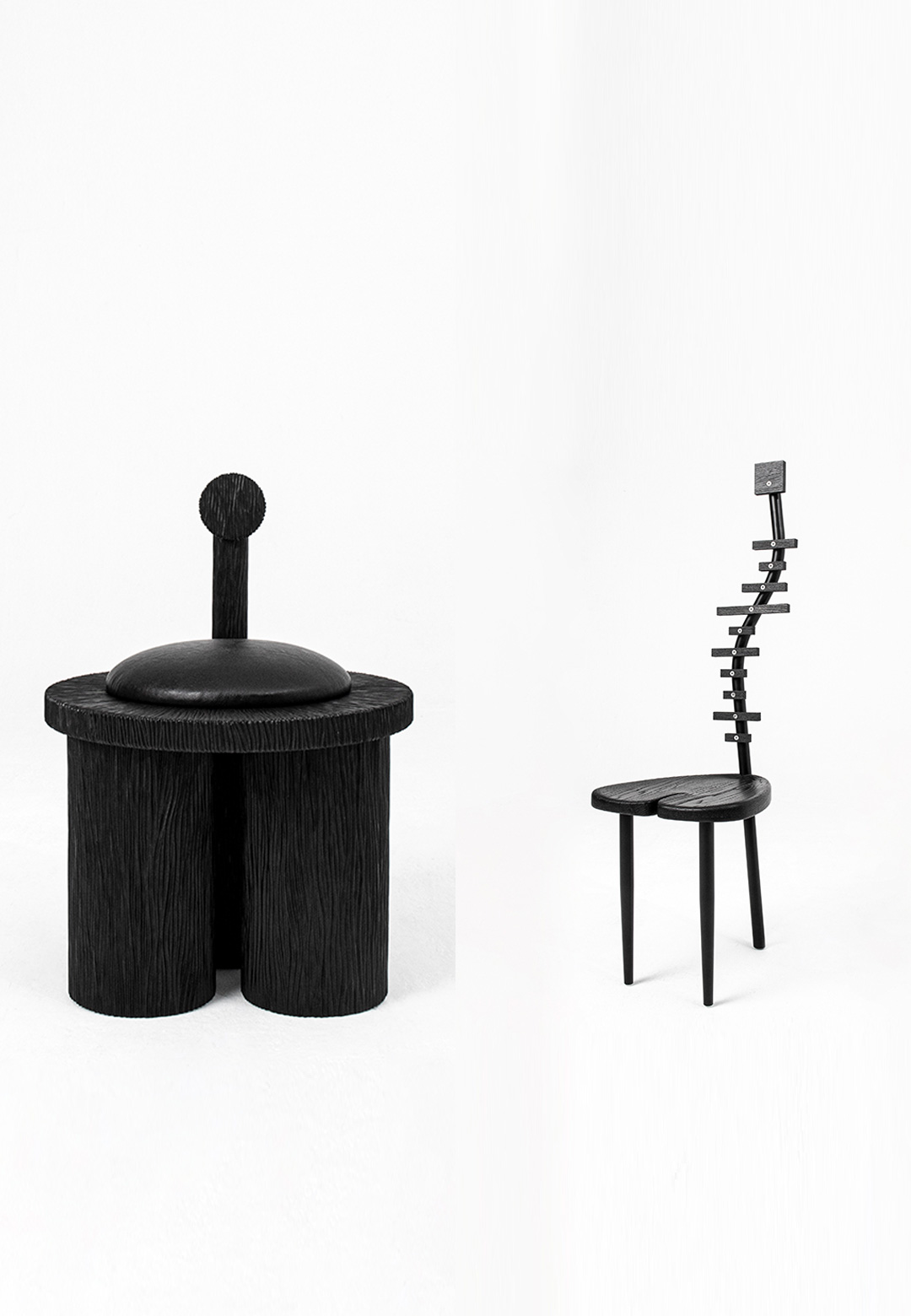
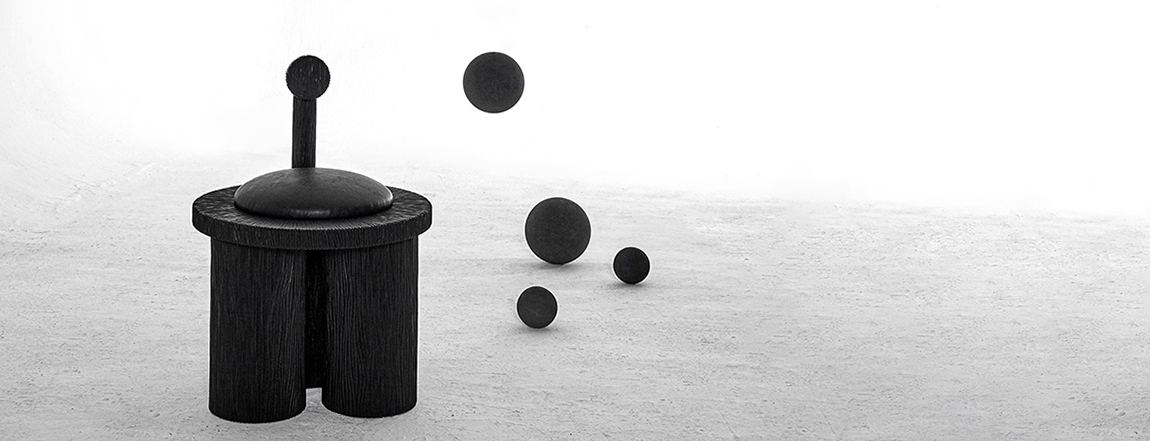

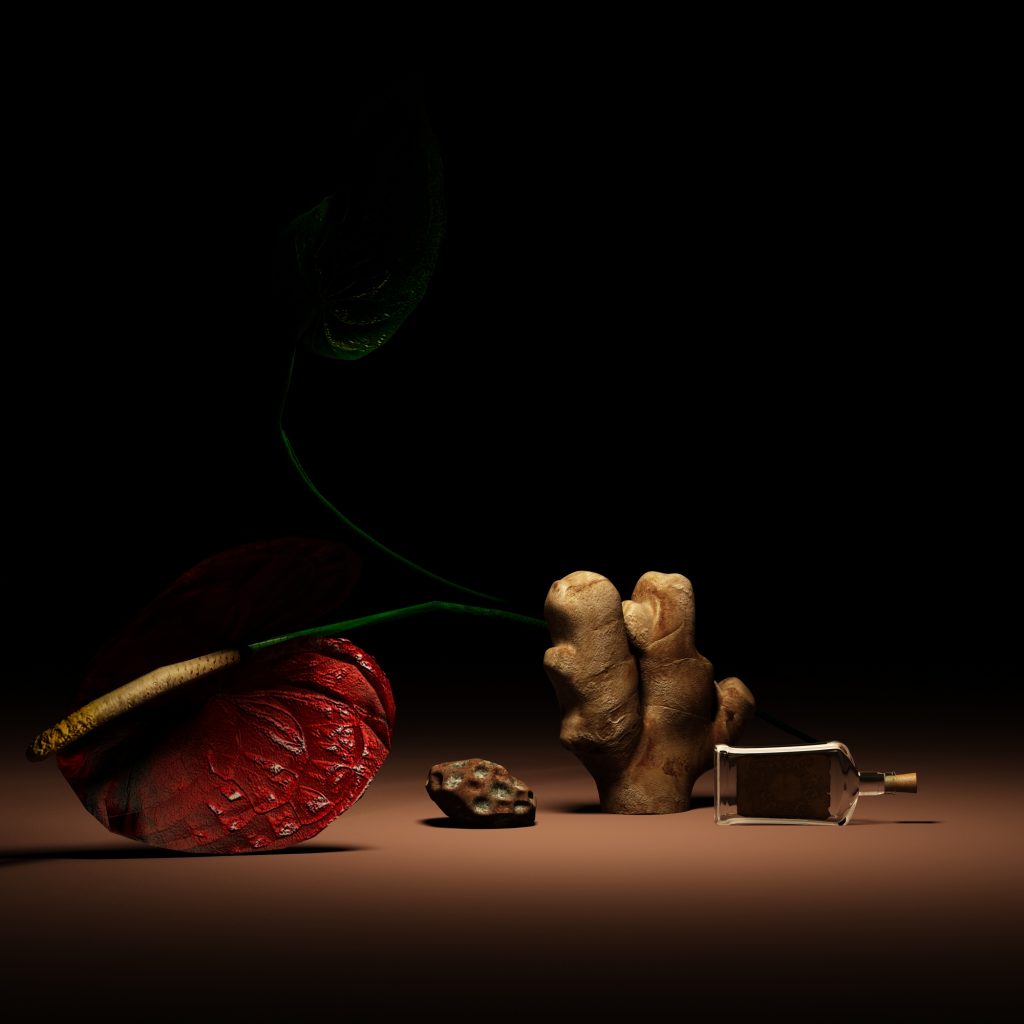
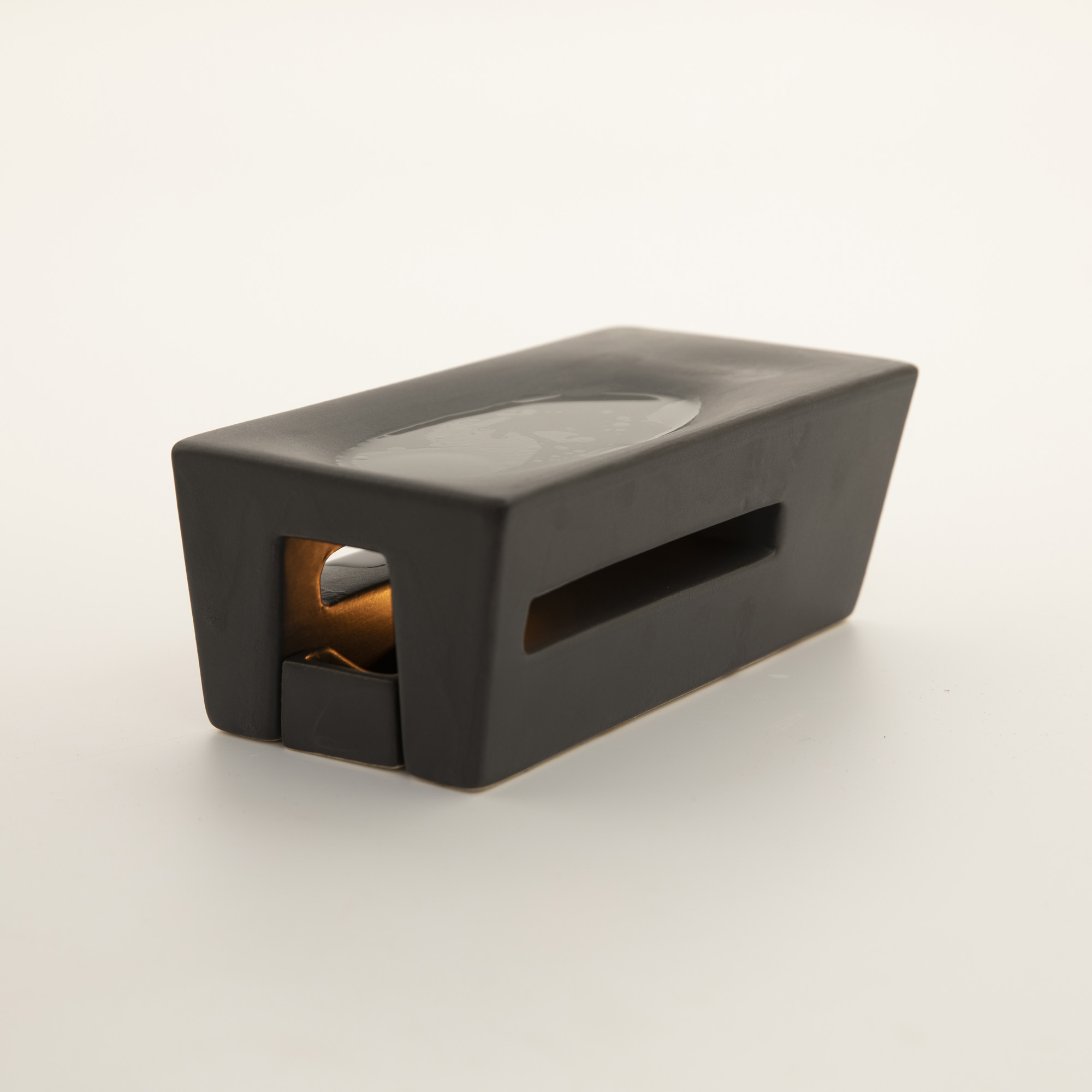
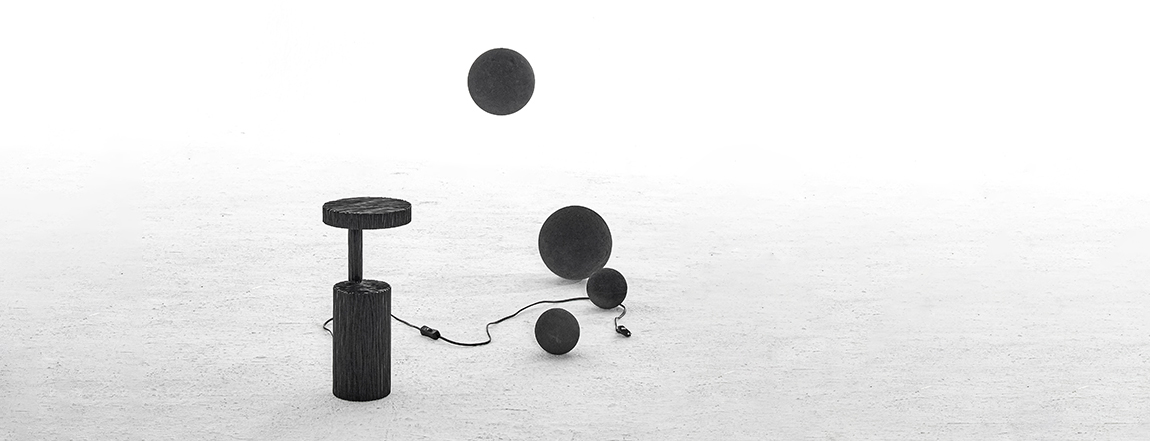

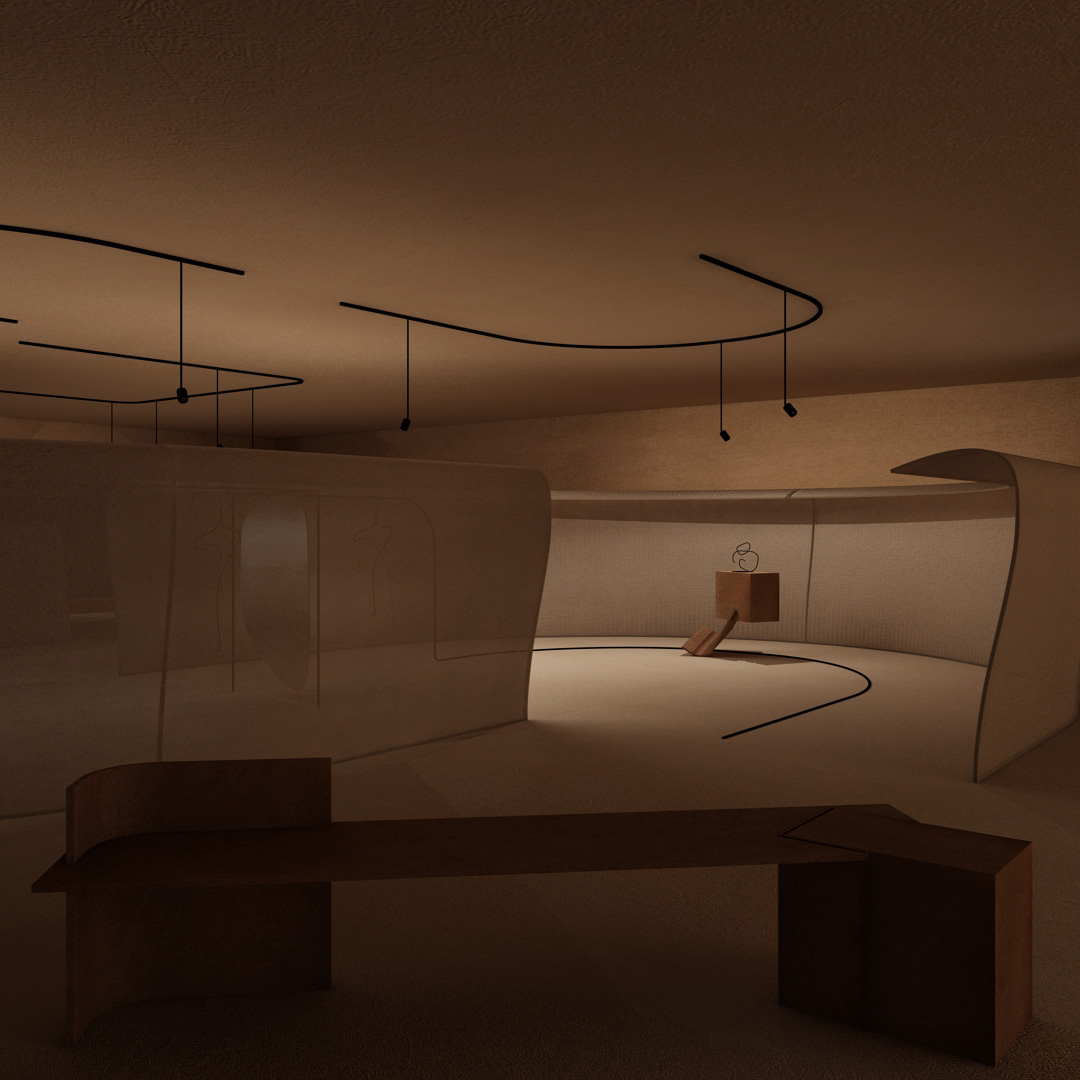
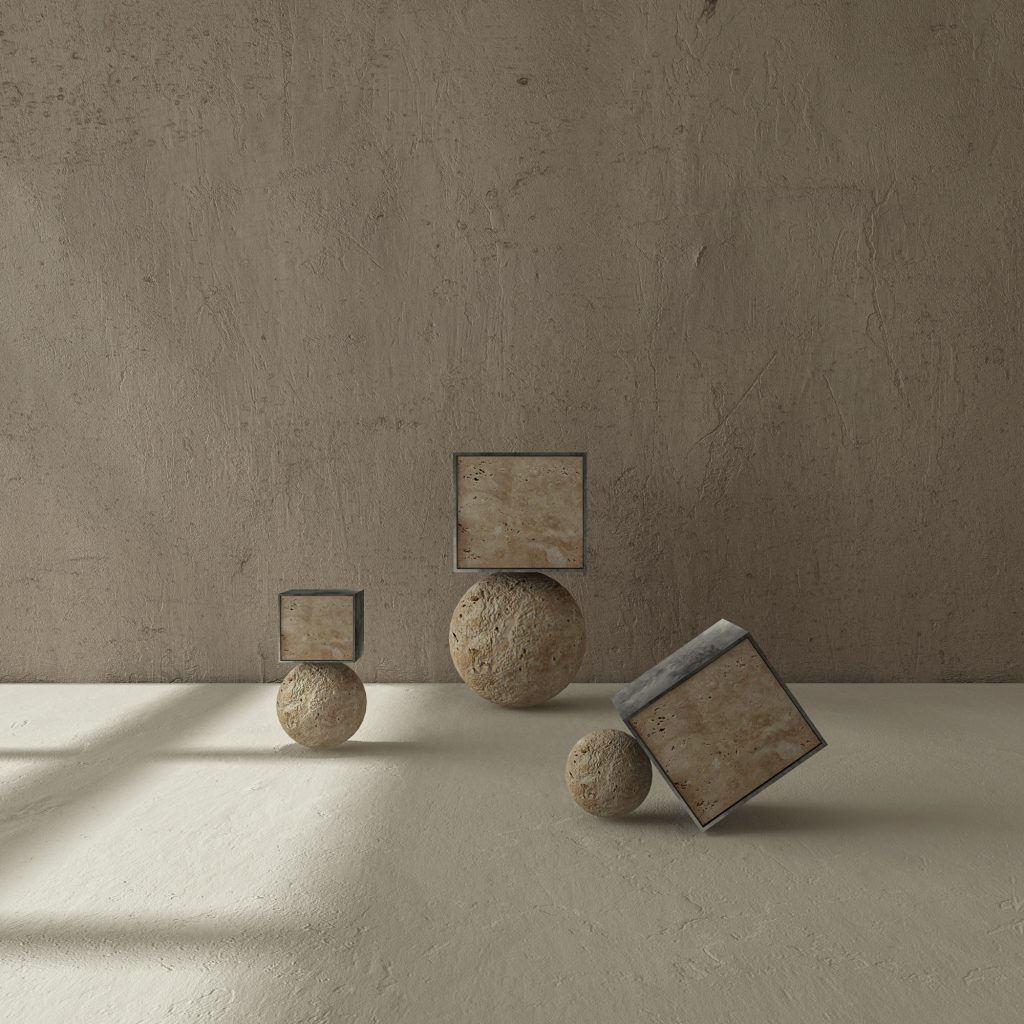
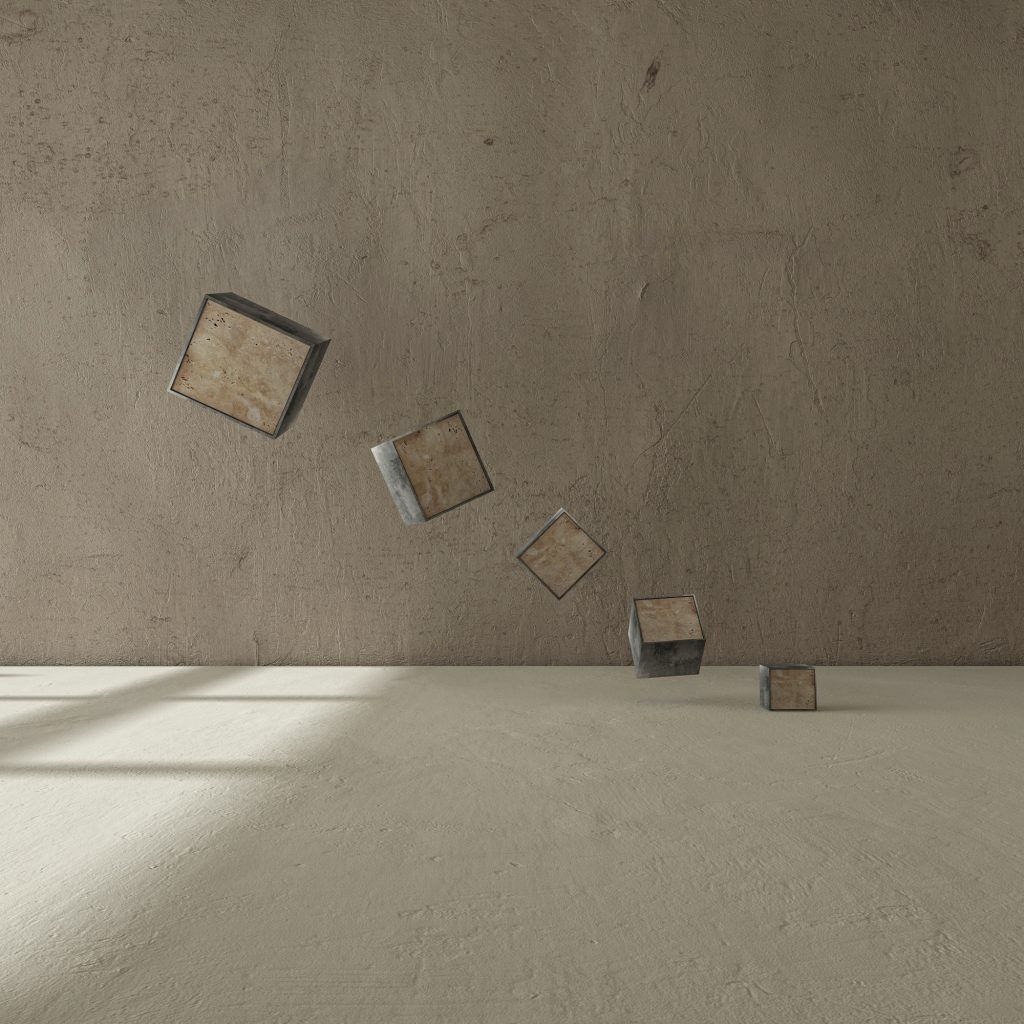
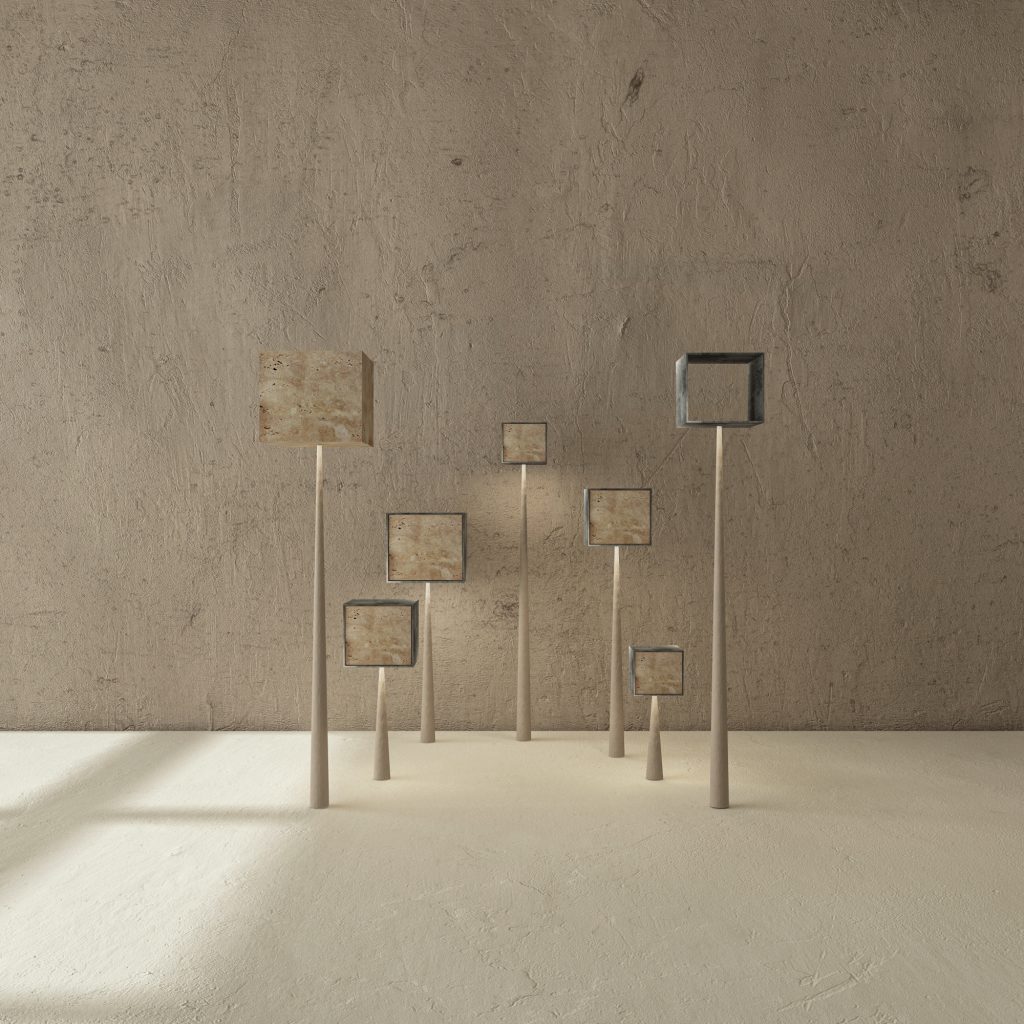
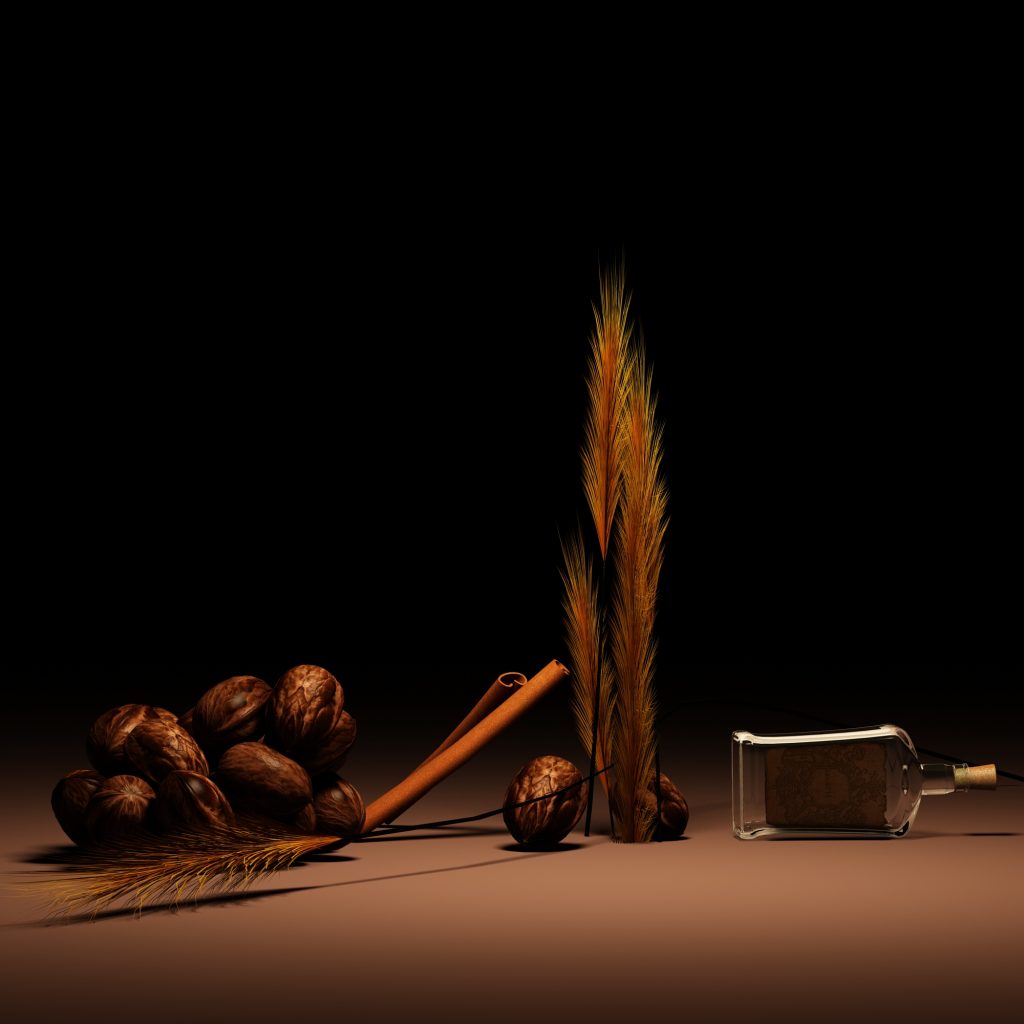






What do you think?